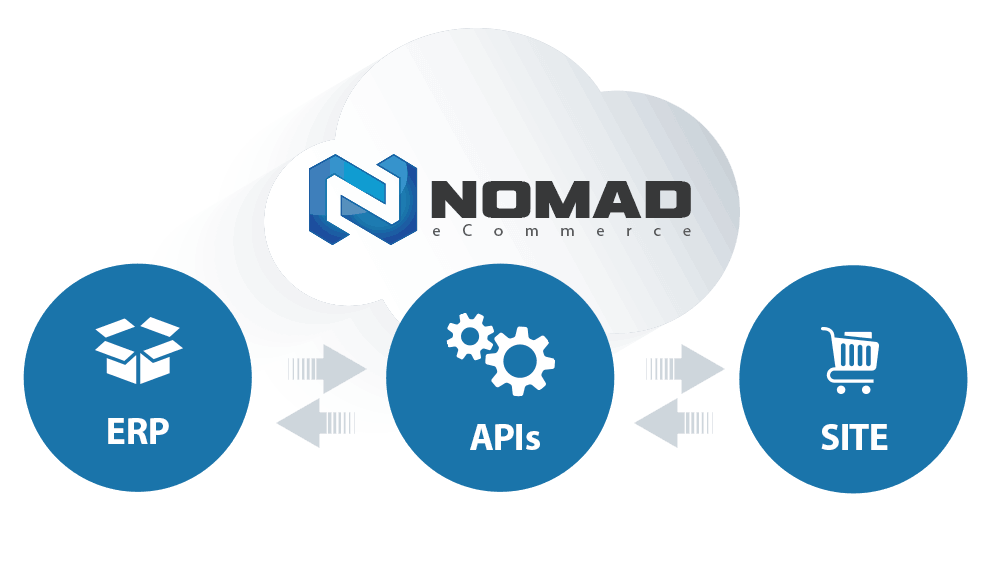Maximize Customer Service and Collaboration with a CONNECTED Dynamics Website
In many B2B business sales situations, cost isn’t the primary selling point – often, a salesperson’s speed and product knowledge win the day. We all know those customers (who aren’t online shopping savvy), and not able to quickly / easily find products on particular sites. These same customers won’t hesitate to buy from a competitor, if their online shopping experience is easier.





Your customers will boost business when you optimize their ability to find parts on your eCommerce website; as your customers have their own organizations to run. If your site isn’t “user-friendly” and appears complicated – your customers will look elsewhere. Ultimately, you lose money in overhead when people can’t find items on your website. Furthermore, customers will contact your support team, and your employees end up wasting valuable time searching for parts & information, throughout multiple back-end systems.
When designed correctly, an eCommerce webstore will increase the volume of parts your reps sell to consumers, which also allows you to remain competitive.
The Two Core Elements Behind ‘Fast Finds’
You need an eCommerce front-end to manage and display SKUs (and related data) for hundreds of thousands of parts. In addition, each part’s product data must be continuously updated across all product lines. Failure to do so results with sales reps not trusting your company’s website; and also end up contacting your support team to confirm information.
That does not mean, however, that your eCommerce platform should be solely responsible for storing and updating all part and product data for sales representatives. The most successful eCommerce strategy is to integrate ERP data and eCommerce site via API’s, which synchronize information between the two platforms.
When Dynamics and eCommerce platforms are synchronized, sales reps get everything they need without assistance. For example, Steele Rubber Products’ website (which carries over 11,000 car parts), allows sales reps to enter the year, make, model, and style of a car. This pulls product information directly from Steele Rubber’s ERP and Inventory Management, resulting in a virtual Custom Catalog for each search.
 Search results automatically update based on selection
Search results automatically update based on selection
Two Technology Insights:
- While many traditional eCommerce platforms use API’s, most do not continuously update product data, inventory levels, and other critical Dynamics system data. To ensure you leverage Dynamics correctly, you’ll need a modern eCommerce platform, which seamlessly shares data via API’s to your Dynamics Back Office.
- Continuous Dynamics eCommerce synchronization, ERP processes & functionality (including third-party customizations) should always be reflected within your eCommerce solution
 Nomad allows continuous Dynamics eCommerce synchronization with online store
Nomad allows continuous Dynamics eCommerce synchronization with online store
Your Customer Service Can Go the Extra Mile
Once you’ve truly synced a Dynamics eCommerce infrastructure, your customer service can do more for their customers, including:
- Place orders on behalf of customers
- Give special pricing based on CRM data within the Dynamics ERP
- Proactively offer insights on inventory and availability
- Check customers’ order history and order status
Isn’t It Time to Sync Your eCommerce and Dynamics?
As eCommerce sites grow in popularity among B2B companies, sales reps must provide higher value-add, in order to maintain strong customer relationships and increase revenue. By helping them with an eCommerce site that reflects a wealth of parts data, you can help reps sell more products on your behalf.
Sign Me Up! - Contact me at my information below
Dynamics User Incentive
Your Microsoft Dynamics houses all the back end information you need to run your business smoothly. Nomad takes all that valuable information and creates a powerful eCommerce website that translates those back end operations into front end sales, seamlessly.